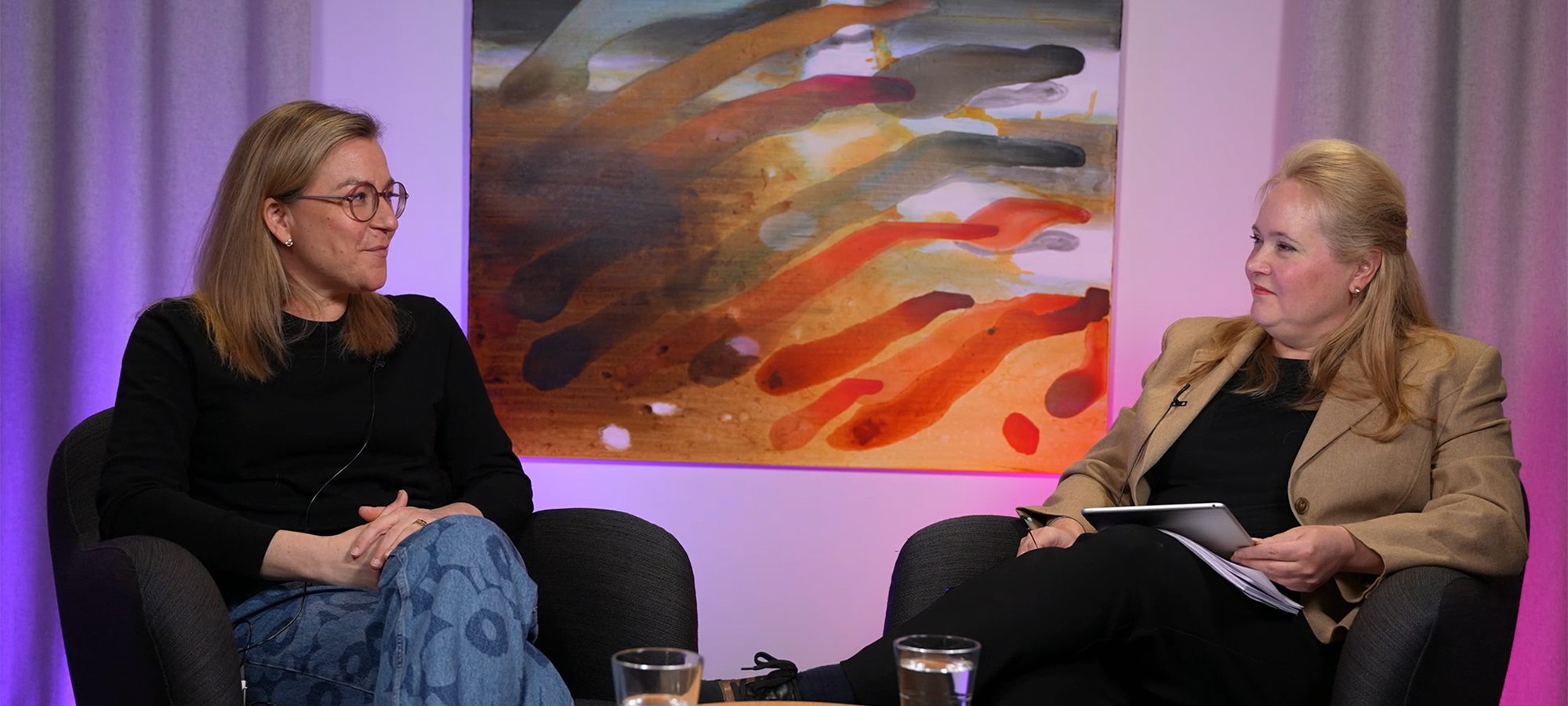We meet early one cold March morning at a hotel breakfast. Mr. RajGuru favors hard Finnish rye bread and surprises me by speaking fluent Swedish. He grew up in India, has lived in the US, Sweden, and the Netherlands, and now lives in Switzerland. Over the years, he has picked up a lot of languages and cultural knowledge, and a sharp analysis of negotiation.
He started his career in large sales organizations and has for the last 25 years run his own company selling sales performance improvement and leadership development consulting, training, and coaching.
He has been lecturing in Aalto EE’s program for more than six years.
Our fellow breakfast companions soon get a tutorial on how to walk out of a negotiation where the other party is yelling at you aggressively. Mr. RajGuru leaves the table dramatically and the neighboring table freezes in anticipation. How will the drama end? Did he get the deal? Was there a winner?
Your ego might be your worst enemy.”
One of his favorite themes is how to work with empathy in negotiations. Do we all have empathy? No, certainly not. Can you fake it? Depends on your acting skills, he says. For those who are not naturally empathetic or good actors, he has advice and ideas on how to manage a situation in which empathy is needed.
Which style to use in a negotiation?
Mr. RajGuru says there are two main categories of style for negotiating: the co-operative style and the competitive style. Both of these come with sub categories but the main difference is the mind-set with which you enter the negotiation.
There are a lot of psychological aspects to consider when a deal is made. Mr. RajGuru warns against the competitive style in which your main goal is to win, to get a victory instead of trying to reach a solution in which both parties get what they want. "Looking bad is momentary, living with a bad deal can last for years."
This is where the ego problem often kicks in, he says. The fear of looking like a loser plays a big role in how negotiations fall out. "You can tackle this fear by changing focus. You need to learn not to care about how you look in the situation and just focus on the deal." And he gives a warning: "Your ego might be your worst enemy.”
Those who enter a negotiation looking for compromise should also be careful. They can end up making deals in which no one comes out happy.
First you need to know your own style of negotiating, so you can prepare for the meeting. In his workshops, Mr. RajGuru helps people find their own negotiation personality and makes participants in his class rehearse with negotiation simulations in which they face different kinds of style and situation.
The key is to trade value for value rather than focusing on price
The problem with adults is that we are too logical when reaching for a deal."
Negotiation is a very complex type of communication which is part battle, part game, and part dance. He reminds us again that great negotiators set their goal and remember what they are trading. The key is to trade value for value rather than focusing on price. Ten may not necessarily equal ten for both parties in a negotiation.
The core of the program is conditional giving, a method of finding out what is important and valuable for the other party and using that to get what you want. Good questions are the key to getting the information that will help make negotiations more fruitful and successful.
Can anyone negotiate successfully?
Mr. RajGuru reminds me of all the situations in which we make deals during the day: "I think everyone negotiates in every aspect of their lives. Who goes out of the lift first? It is a negotiation. Traffic is all about negotiations, and even asking your first date out." He says we would never get anywhere without constantly, unknowingly, making deals.
Children are natural negotiators, says Mr. RajGuru. They are free to use every tool at their disposal: trading, threats, ultimatums, out-of-the-box exchange, big emotions, and tantrums. The deal making skills presented by children who don't want to go bed in the evening are real showcases of negotiation. "The problem with adults is that we are too logical when reaching for a deal."
Mr. RajGuru has developed tools and methods for effective negotiation while teaching negotiation to thousands of students over more than 15 years.
He will be introducing these tools in Aalto EE’s Negotiation Skills program in May 2019 and teaching participants how to understand their own style of negotiation, how to prepare for the negotiation situation, and how to understand and use the concept of conditional value-based proposals.
It is time for Mr. RajGuru to walk through a snowy Helsinki to his lecture and for us to find out if the deal got made that time when he left the aggressive negotiation partner. "Oh yes! But I was almost at my car in the parking lot before he came running and asked me to return to the table." Both parties ended up getting a good deal.
The Aalto EE's Negotiation Skills program helps you leverage your experience and skills and raise your expertise by using a structured process (APEC+R) to prepare and execute strategic high-value negotiations. Read more about the program.





















